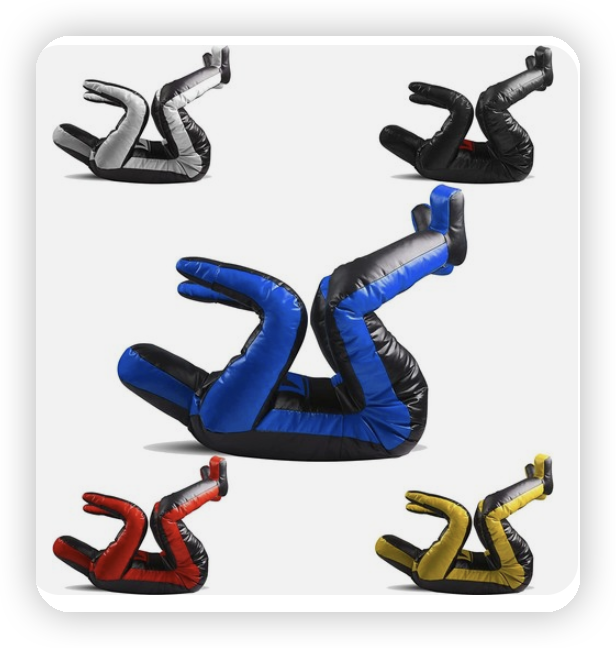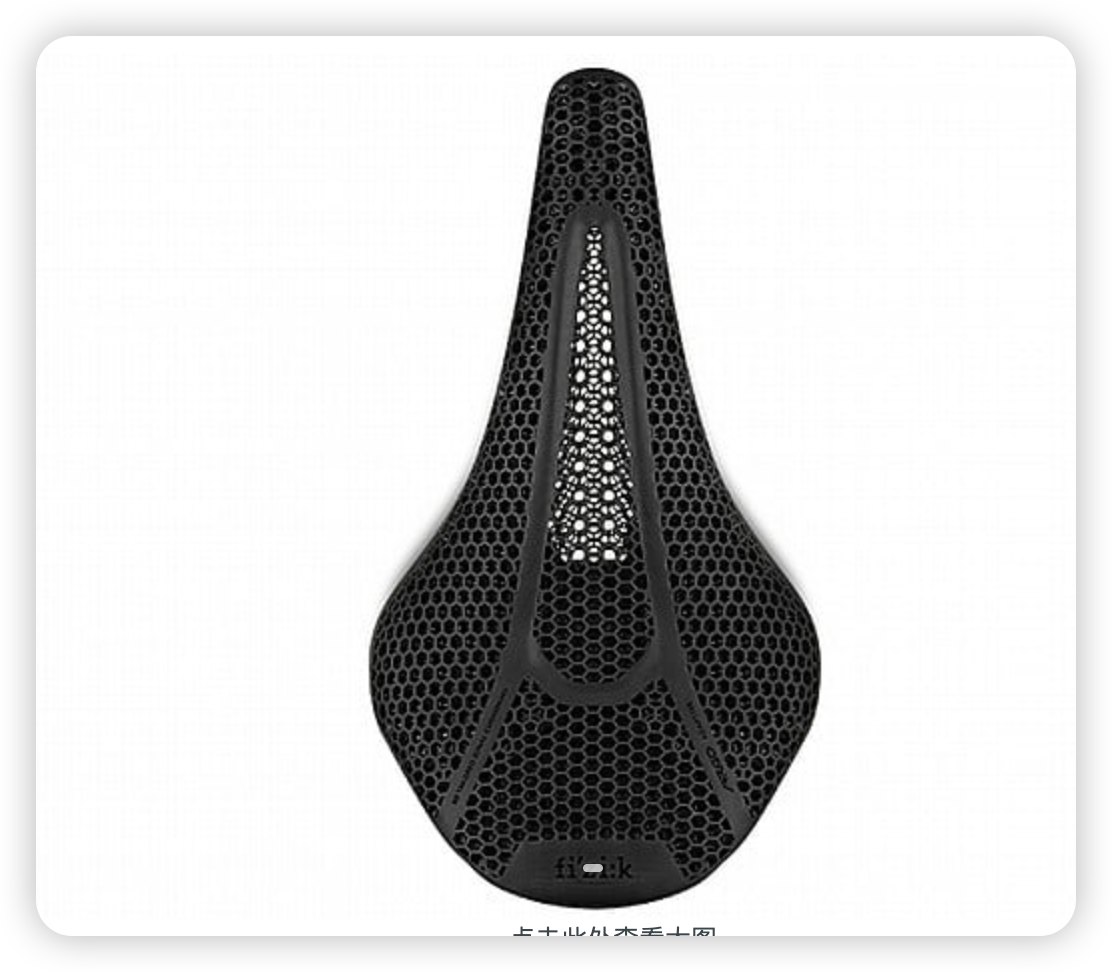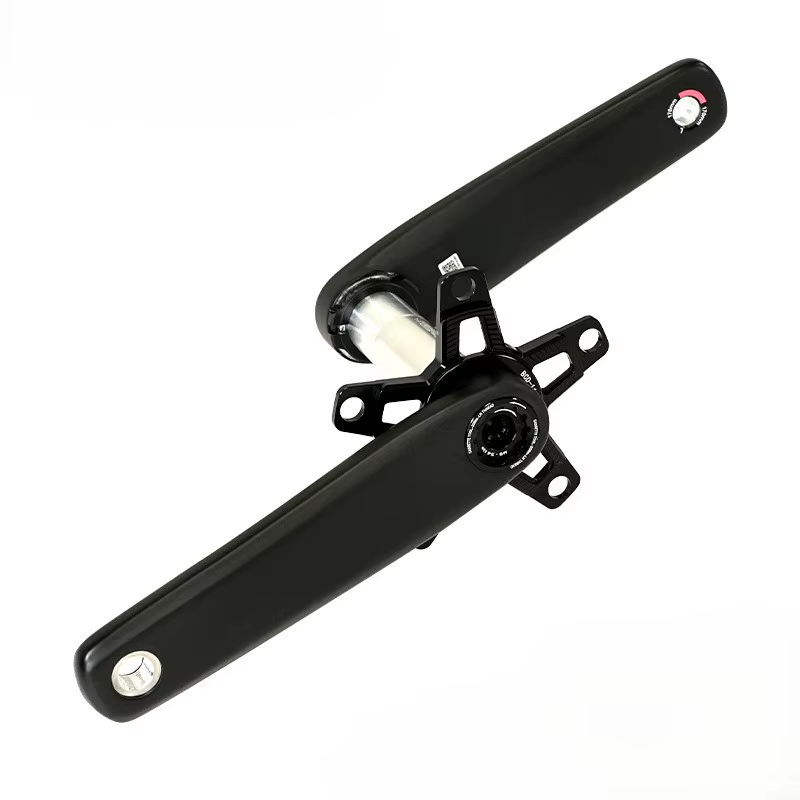zixingchepei4446556
The Allure of Bicycles in Modern Life
In modern society, bicycles have maintained their unique charm and significance. They are not just simple vehicles but a symbol of a sustainable and healthy lifestyle. With the increasing awareness of environmental protection, bicycles, as a zero – emission means of transportation, play a crucial role in reducing carbon footprints. For instance, in many European cities like Copenhagen, a large number of residents choose bicycles for daily commuting, contributing to the city’s low – carbon environment.
From a health perspective, cycling is an excellent aerobic exercise. It can effectively enhance cardiovascular function, strengthen muscle strength, and boost metabolism. Regular cycling helps in preventing various chronic diseases such as heart disease, diabetes, and obesity. Moreover, it is a great way to relieve stress and improve mental well – being.
In terms of convenience, bicycles can easily navigate through congested urban streets and narrow alleys, saving commuting time compared to cars stuck in traffic. They also require less space for parking, which is a huge advantage in crowded urban areas.
Purpose of This Article
The purpose of this article is to provide a comprehensive exploration of all aspects related to bicycles. Whether you are a novice who wants to start cycling, a cycling enthusiast eager to expand your knowledge, or simply someone curious about bicycles, this article will meet your needs. We will cover the history of bicycles, different types available, the benefits of cycling, how to choose the right bike, maintenance tips, and the latest trends in the cycling world. By the end of this article, you will have a deeper understanding and appreciation of bicycles and be well – equipped to make informed decisions regarding cycling.
Types of Bicycles
Road Bikes
Road bikes are specifically designed for smooth, paved roads. They are the epitome of speed and efficiency. The frames of road bikes are often crafted from lightweight materials such as carbon fiber or high – end aluminum alloys. This lightweight construction significantly reduces the overall weight of the bike, making it easier for riders to propel forward and achieve higher speeds.
The tires of road bikes are narrow, usually ranging from 23 to 28 millimeters, with high – pressure ratings. The narrow tires minimize rolling resistance, allowing the bike to glide effortlessly on the road surface. The gearing systems on road bikes typically have a wide range of ratios, enabling riders to maintain an optimal cadence whether they are pedaling on flat terrain or tackling gentle inclines.
Road bikes are ideal for long – distance rides on flat or gently rolling roads, such as those found in countryside landscapes or urban bike lanes. They are also the preferred choice for competitive road cycling events, including road races and time trials. Cyclists who enjoy the thrill of speed, long – distance endurance rides, or those participating in road cycling competitions will find road bikes to be their perfect companions. For instance, professional cyclists in the Tour de France rely on top – of – the – line road bikes to compete at the highest level.
Mountain Bikes
Mountain bikes are built to conquer the most challenging terrains. Their frames are robust, made from materials like aluminum or steel, which can withstand the rigors of rough trails, jumps, and impacts. One of the most prominent features of mountain bikes is their wide tires, usually 2.0 inches or wider. These wide tires provide excellent traction on various surfaces, including dirt, mud, gravel, and rocky paths.
Mountain bikes are equipped with efficient suspension systems, which can be either front – suspension (referred to as hardtails) or both front and rear suspension (full – suspension). The suspension absorbs shocks from bumps, roots, and rocks, ensuring a smooth and controlled ride. The gearing systems on mountain bikes are designed to handle steep climbs and descents, with a lower gear range compared to road bikes for more torque on uphill sections.
They are suitable for off – road adventures in mountains, forests, and other natural terrains. Mountain biking enthusiasts, adventure seekers, and those who love to explore the great outdoors will find mountain bikes essential for their thrilling rides. Whether it’s navigating through a dense forest trail, climbing a steep mountain slope, or descending a rocky downhill, mountain bikes are up for the challenge.
City Bikes
City bikes are the perfect choice for urban commuting. They are designed with the hustle and bustle of city life in mind. City bikes often feature upright handlebars, which promote a comfortable and relaxed riding position. This position allows riders to easily see the traffic around them and navigate through busy streets.
Many city bikes come with practical accessories such as fenders to keep riders dry during wet weather, chain guards to protect clothing from the chain, and rear racks for carrying groceries, backpacks, or other essentials. They usually have a simple and reliable braking system, which is crucial for quick stops in traffic. The gearing systems on city bikes are typically straightforward, with a few gears that are sufficient for the relatively flat terrain of city streets.
City bikes are ideal for short – to – medium – distance commutes within the city, usually up to 10 – 15 kilometers. They are popular among urban residents, students, and commuters who want a convenient, eco – friendly, and healthy way to get around the city. For example, in cities like Amsterdam, city bikes are a common sight on the streets, with residents using them for daily errands, work commutes, and leisurely rides.
Folding Bikes
Folding bikes are a game – changer when it comes to portability. As the name suggests, they can be easily folded into a compact size, making them convenient to carry and store. Most folding bikes are made from lightweight materials like aluminum alloy or carbon fiber to further enhance their portability.
The folding mechanism is quick and simple, allowing users to fold and unfold the bike in a matter of seconds. Once folded, they can be carried on public transportation, stored in a small apartment, or placed in the trunk of a car. Folding bikes are available in various wheel sizes, with smaller wheels contributing to a more compact folded size. Despite their small size, they still offer a comfortable and stable ride.
They are perfect for commuters who need to combine cycling with other forms of transportation, such as those who take the subway or bus part of the way and then cycle the rest. They are also great for travelers who want to have a bike available at their destination without the hassle of transporting a full – sized bike. For instance, a business traveler can easily pack a folding bike in their suitcase and use it to explore a new city when they arrive.
Benefits of Cycling
Physical Health Benefits
Cycling is a remarkable form of exercise that offers numerous physical health benefits. It is a low – impact aerobic activity, making it suitable for people of all ages and fitness levels. When you cycle, your heart rate increases, and your heart has to work harder to pump blood throughout your body. This continuous exercise strengthens the heart muscle, improving cardiovascular function. Regular cycling can lower the risk of heart diseases, such as heart attacks and strokes. For example, studies have shown that individuals who cycle regularly have a lower resting heart rate and better blood lipid profiles compared to those who lead a sedentary lifestyle.
Cycling also helps in building and toning muscles. The repetitive motion of pedaling engages multiple muscle groups, including the quadriceps, hamstrings, calves, and glutes. Over time, these muscles become stronger and more defined. Additionally, cycling can enhance joint mobility, especially in the hips, knees, and ankles. Since cycling is a low – impact activity, it puts less stress on the joints compared to activities like running or jumping, making it an ideal exercise for those with joint problems or those looking to prevent joint – related issues.
Moreover, cycling is an effective way to manage weight. It burns a significant number of calories, depending on factors such as the intensity of the ride, the terrain, and the rider’s body weight. On average, a person can burn 300 – 600 calories per hour of cycling. This calorie – burning effect, combined with an increased metabolism, helps in maintaining a healthy body weight and reducing the risk of obesity.
Mental Health Benefits
Beyond the physical benefits, cycling has a profound impact on mental health. The rhythmic motion of pedaling, along with exposure to fresh air and nature, can work wonders in alleviating stress. When you cycle, your body releases endorphins, which are often referred to as “feel – good” hormones. These endorphins act as natural mood elevators, reducing feelings of anxiety and depression. For instance, after a long and stressful day at work, going for a bike ride can help clear your mind and leave you feeling more relaxed and at ease.
Cycling can also serve as a form of meditation. While riding, you can focus on the present moment, the movement of the bike, the scenery around you, and your breathing. This mindfulness aspect of cycling allows you to disconnect from the daily distractions and worries, providing a mental break. Many cyclists report experiencing a sense of freedom and exhilaration during their rides, which boosts their self – esteem and overall mental well – being. It gives them a chance to challenge themselves, set and achieve goals, whether it’s riding a certain distance, conquering a difficult hill, or participating in a cycling event.
Environmental Benefits
In an era of growing environmental concerns, cycling stands out as an environmentally friendly mode of transportation. Bicycles are zero – emission vehicles. Unlike cars, trucks, and motorcycles that run on fossil fuels and emit harmful pollutants such as carbon dioxide (\(CO_2\)), nitrogen oxides (\(NO_x\)), and particulate matter, bicycles produce no emissions during operation. By choosing to cycle instead of driving a motor vehicle, individuals can significantly reduce their carbon footprint. For example, if a person switches from a short car commute to cycling, they can save a considerable amount of \(CO_2\) emissions over time. In a city with a large number of cyclists, this can contribute to cleaner air and a reduction in the overall impact of transportation on climate change.
Cycling also helps in alleviating traffic congestion. In busy urban areas, the high volume of motor vehicles often leads to traffic jams, which not only waste time but also increase fuel consumption and emissions. Bicycles can easily navigate through narrow streets, bypass traffic, and reach destinations faster in congested areas. This reduces the number of cars on the road, making traffic flow more smoothly. Additionally, the space required for parking a bicycle is much smaller compared to that of a car. This means that in cities with limited space, more bicycles can be parked in a given area, reducing the need for large – scale parking infrastructure.
Choosing the Right Bicycle
Consider Your Riding Goals
Before purchasing a bicycle, it is crucial to consider your riding goals. If your primary purpose is commuting to work or school, a city bike or a folding bike might be the best fit. City bikes offer comfort and practicality for short – distance urban travel, with features like upright handlebars for an easy – to – see – traffic position and accessories for carrying items. Folding bikes, on the other hand, are ideal if you need to combine cycling with public transportation, as they can be easily carried on buses or trains.
For those aiming to improve their fitness, a road bike or a mountain bike could be more suitable. Road bikes are great for long – distance rides on flat roads, allowing you to cover more ground and increase your cardiovascular endurance. Mountain bikes, with their rugged build and suspension systems, are perfect for off – road workouts that challenge your strength and balance on uneven terrains. If you simply want to enjoy leisurely rides on weekends, a hybrid bike or a cruiser bike can provide a comfortable and relaxing experience, whether you’re riding along a beachfront or through a park.
Determine Your Budget
Bicycles come in a wide range of prices, and setting a budget is an important step in the purchasing process. In the lower – price range, typically under $300, you can find basic entry – level bicycles. These bikes are often suitable for occasional riders or those on a tight budget. They may have simpler components, such as basic steel frames, single – speed or few – speed gearing systems, and standard brakes. While they may not offer the same level of performance and durability as more expensive models, they can still serve the purpose for short – distance rides and casual use.
In the mid – price range, from \(300 to \)1000, you can expect to find bicycles with better – quality components. For example, the frames may be made of lightweight aluminum alloy, which is both stronger and lighter than steel. The gearing systems are more advanced, offering a wider range of gears for different terrains. Brakes are also more reliable, providing better stopping power. These bikes are suitable for regular riders who want a balance between performance and cost, whether it’s for daily commuting or weekend fitness rides.
For high – end bicycles, priced over $1000, you’re paying for top – of – the – line components and advanced technology. Carbon fiber frames are common in this price range, offering an extremely lightweight and stiff construction for maximum speed and efficiency. High – performance gearing systems, top – notch brakes, and advanced suspension systems (for mountain bikes) are standard. These bikes are designed for serious cyclists, including competitive riders and those who demand the best in terms of performance and quality.
Size and Fit
Getting the right size of a bicycle is essential for a comfortable and safe ride. A bike that is too small or too large can cause discomfort, fatigue, and even injury. To determine the correct frame size, you need to consider your height and inseam length.
For road bikes, the frame size is usually measured in centimeters. As a general rule, if you’re between 155 – 165 cm tall, a frame size of 47 – 51 cm might be suitable. For those 165 – 175 cm tall, a 51 – 54 cm frame could be a good fit. And if you’re 175 – 185 cm tall, a 54 – 58 cm frame is often recommended. However, it’s important to note that different bike brands may have slightly different sizing charts.
For mountain bikes, the sizing can be a bit more complex due to their various frame geometries. In addition to height, factors like riding style (cross – country, downhill, etc.) can also influence the ideal frame size. A good starting point is to use a bike fit calculator or visit a bike shop where the staff can measure you and recommend the appropriate size based on your measurements and intended use.
Once you have the right frame size, you also need to ensure proper fit in terms of handlebar reach, saddle height, and saddle position. The handlebars should be




